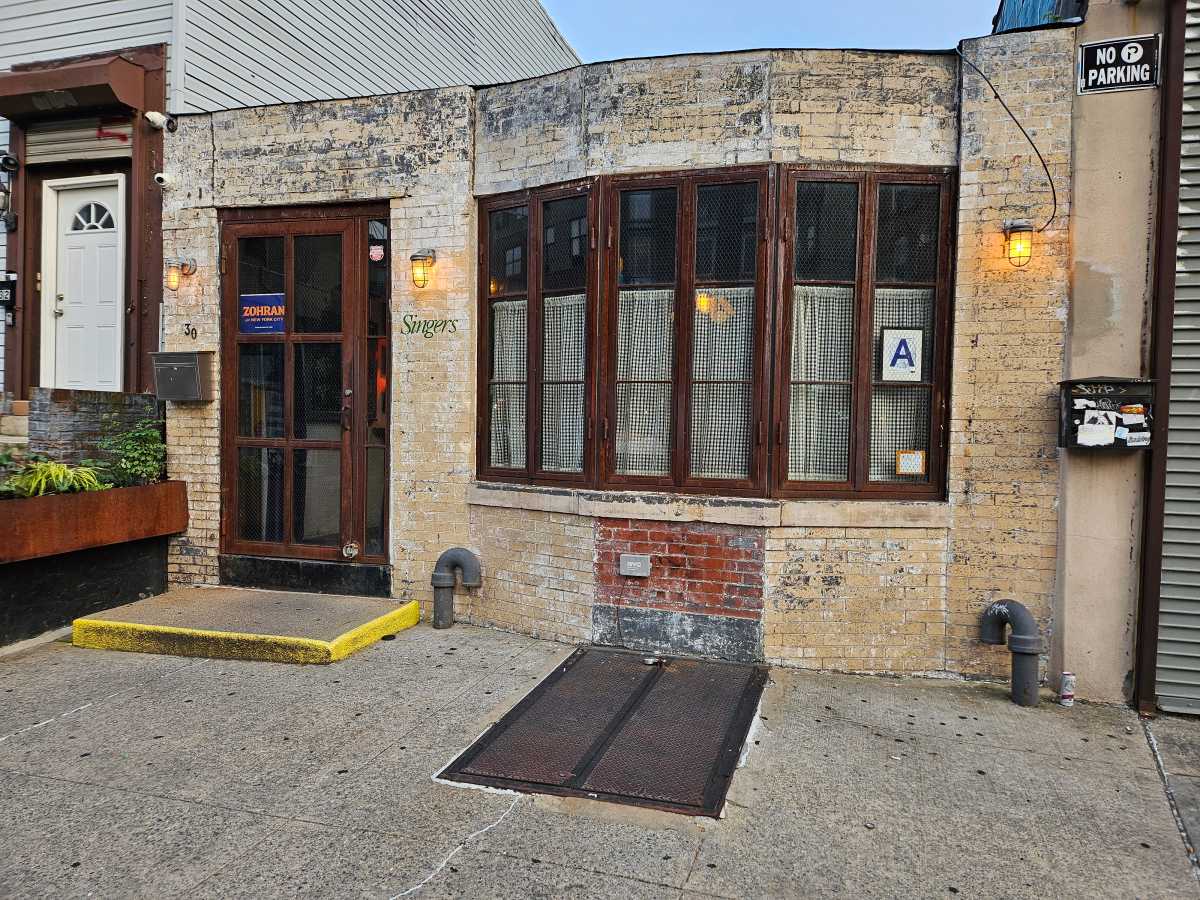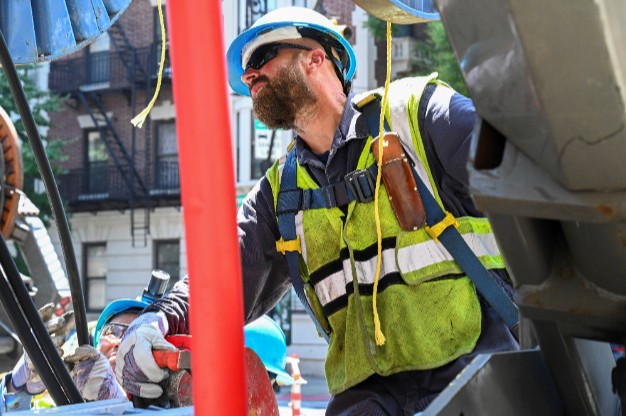The Howard Hughes Corporation unveiled its redevelopment plan for the historic Pier 17 two weeks ago at a Community Board 1 meeting. Many media reports indicated that the presentation was met with unanimous approval and appeared to give a “green light” to the design.
But the issue entails much more than what’s been reported and what was presented; the same can be said for the Seaport itself, which is comprised of more than just Pier 17. Indeed, Howard Hughes’s Web site alludes to this important fact. The development company, which is based in Dallas, Texas, and has ongoing projects nationwide, describes the area as a “property including 298,759 square feet of retail space…[with] cobblestone streets, gas lamps, sailing ships and a museum.” The Web site calls the Seaport a “moment-in-time experience in New York City.”
Pier 17 represents only a part of the property and only part of the “experience.” Thae new proposal for the pier is a dramatic and welcome change from the design put forth by General Growth Properties in 2008, which included a 42-story condominium hotel and which was strongly opposed by C.B. 1 and other stakeholders. The fact that no condo component was mentioned in the latest proposal is perhaps why the plan was so well received.
That is why we are calling on Howard Hughes to offer a master plan for all redevelopment of the Seaport. At the C.B. 1 meeting, many community members asked about the other properties in the immediate area, specifically the Tin Building and the New Market Building. Anytime there is a possibility of redevelopment changing the character of an entire neighborhood, a piecemeal approach is not adequate. And given the recent history, particularly the heated debate that occurred over G.G.P.’s plan and opponents’ concern over losing the area’s maritime heritage and appeal, due diligence and transparency is a must in this next iteration of this Seaport project.
Again, Howard Hughes’s own Web site states, the “redevelopment plan for South Street Seaport may ultimately include hotels, residential units, retail space and restaurants.” If presenting a scaled-down redesign of a singular property is to be followed by proposals to demolish or significantly alter other properties, then the Pier 17 presentation two weeks ago is as noteworthy for what it didn’t show as what it did show.
According to sources, the developer is holding off on creating a master plan until the economy picks up again and the demand for office and retail space rises. Patience is a virtue, but in this case, the community needs much more than has been presented in order to evaluate this project.
As for the Pier 17 design, there are many aspects of the SHoP plan we consider commendable. It will at once open up the panoramic views the Seaport is famous for and offer new places to shop. Howard Hughes hopes to attract a mix of larger, brand-name stores and smaller, boutique retailers. This would, however, require a zoning variance, and the entire project could become subject to the city’s uniform land use review procedure (ULURP). But that’s far down the road, and neither the community board nor the city can approve this project in a vacuum.
We hope that in creating a Seaport master plan, Howard Hughes increases the dialogue with the community to better understand its interests and needs; they should also be looking to give back in return. It’s vital that the master plan promise unfettered, open access to the waterfront for the entire community, the city and for tourists.



































